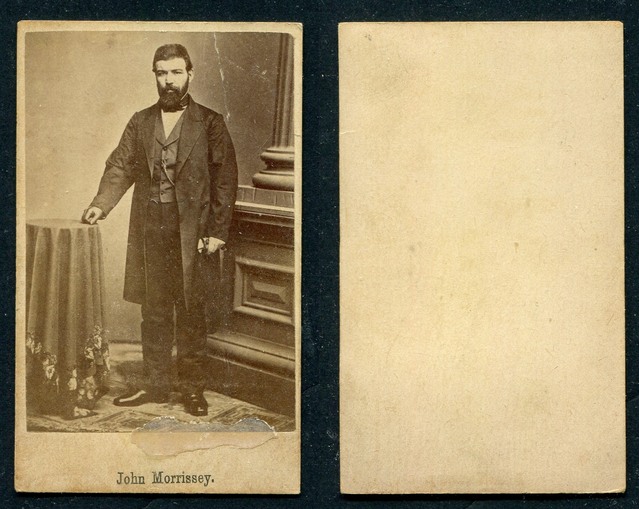Bob, Peter, I will explain the difference.
Creases are not "removable:, not really. Card stock is a series of small fibers from the source material (usually wood pulp) that are mechanically fixed into a specific order with the use of a solvent (like water) and pressure/heat. Typically by being pulverized in the solvent then extruded and flattened with some sort of pressure device (a press, a machine, etc.). When I learned to make custom cotton rag paper in art class we pulverized cotton in a blender with water, spread it on a screen, then pressed it between two boards, sometimes by running over the board with a car. and then leaving it under pressure with clamps until dry. When a card is creased the fibers are physically disrupted. They will never be the same unless you pulp the card and start over. When you spoon a crease all you are doing is camouflaging the damage. When you soak a light crease out of a card you have flattened the voids in the crease with the soak and pressure but you haven't actually realigned the fibers to the same state as the original manufacture. That is why creases can recur in holders: the weak spot in the cardboard eventually moves out of the new alignment.
Unlike a crease, a removal of foreign matter, properly performed, is undetectable. A hack like the late Dick Towle bombards the card with solvents, often wrecking the cardboard itself in the process; that's not what I mean. A good conservator can remove all sorts of stuff with techniques that do not damage the item. Cleaning artwork is a mainstay of museum conservation. The HOF conserves its holdings. There are limits to what you can do, of course. Taking the OP for example, a light pencil mark that doesn't cut into the card itself can be erased with a non-abrasive eraser (an Artgum) that will remove the mark without eroding the paper. I've been using them for years to remove unfortunate crap like PC dealer marks. The same is true of wax stains on the front of a postwar card all of which have light coats of shellac (a polymer) on them. A soft nylon rag like the ones for cleaning glasses, can be used to wipe away wax stains, often without a trace because the wax sticks but doesn't penetrate the polymer. Doesn't always work. I tried to remove wax from a 1971 Topps basketball card the other day but some of it had gotten through the shellac. I've also gotten flagged by a TPG for erasing pencil that had cut into the cardboard. Don't care, it still looks better than having some modern dealer mark on it. I'd never erase vintage writing from a PC, though: to me, that is one of the more charming elements of a vintage PC. I got a Bill and Bob Aaron the other day with a 1956 postmark and writing on it. Love it.
Some stuff simply cannot be removed, like some glues, without wrecking the item. All you can really do there is mechanically remove as much of the crud as possible. This CDV of HOFer John Morrissey had a partial label pasted on its front, which I painstakingly removed with an exacto and Artgum.

The result looks a lot better but a clear layer of glue remains on the front.